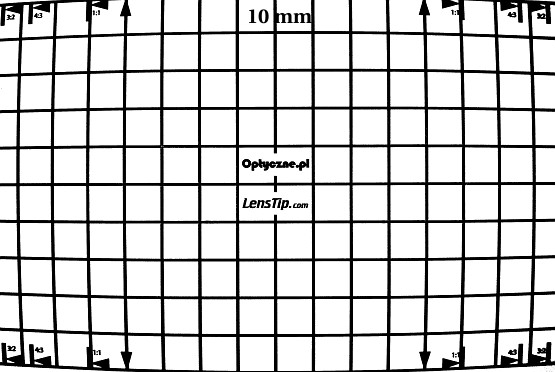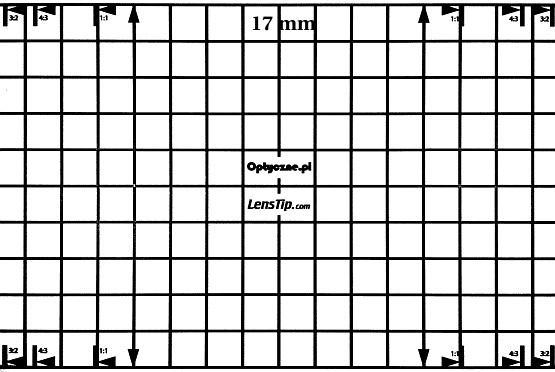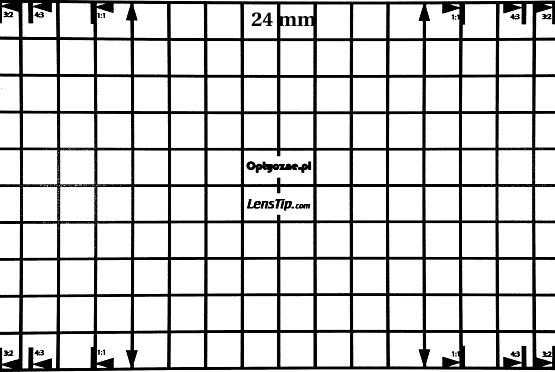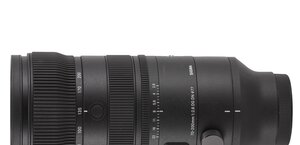Nikon Nikkor AF-S DX 10-24 mm f/3.5-4.5G ED
6. Distortion
Our tests show that ultra wide angle lenses don’t have an exceptionally high distortion level. It is easier to correct that aberration as the lenses’ zoom is usually small (on the level of 2x) and always operates on wide angles. The distortion is the most problematic issue in lenses which have to work as a wide angle and a telephoto – it makes the zoom multiple bigger.
The Nikkor 10-24 mm doesn’t fare well compared to its competitors. In its case, at the shortest focal length we see a significant -3.77% barrel distortion. For comparison the Tamron 10-24 mm had the result of –2.78%, the Canon 10-22 mm reached the level of –2.4% and the Sigma 10-20 mm didn’t even exceed –1%. Against such a background the Nikkor result is very weak indeed. Only the Tamron 11-18 mm behaved worse, but we gave it a very low score anyway.
Please Support UsIf you enjoy our reviews and articles, and you want us to continue our work please, support our website by donating through PayPal. The funds are going to be used for paying our editorial team, renting servers, and equipping our testing studio; only that way we will be able to continue providing you interesting content for free. |
- - - - - - - - - - - - - - - - - - - - - - - - - - - - - - - - - - - - - - - - - - - - - - - -
Fortunately the distortion ceases to be a problem toward the long end. At 17 mm the distortion decreases to an unnoticeable level of 0.48% and at the maximum focal length it increases slightly to the value of 0.74%. That situation is totally different than the Tamron’s 10-24 performance, which has, after all, the same parameters – it showed barrel distortion at the level from over 1% to almost 3%.
 |
 |
 |






